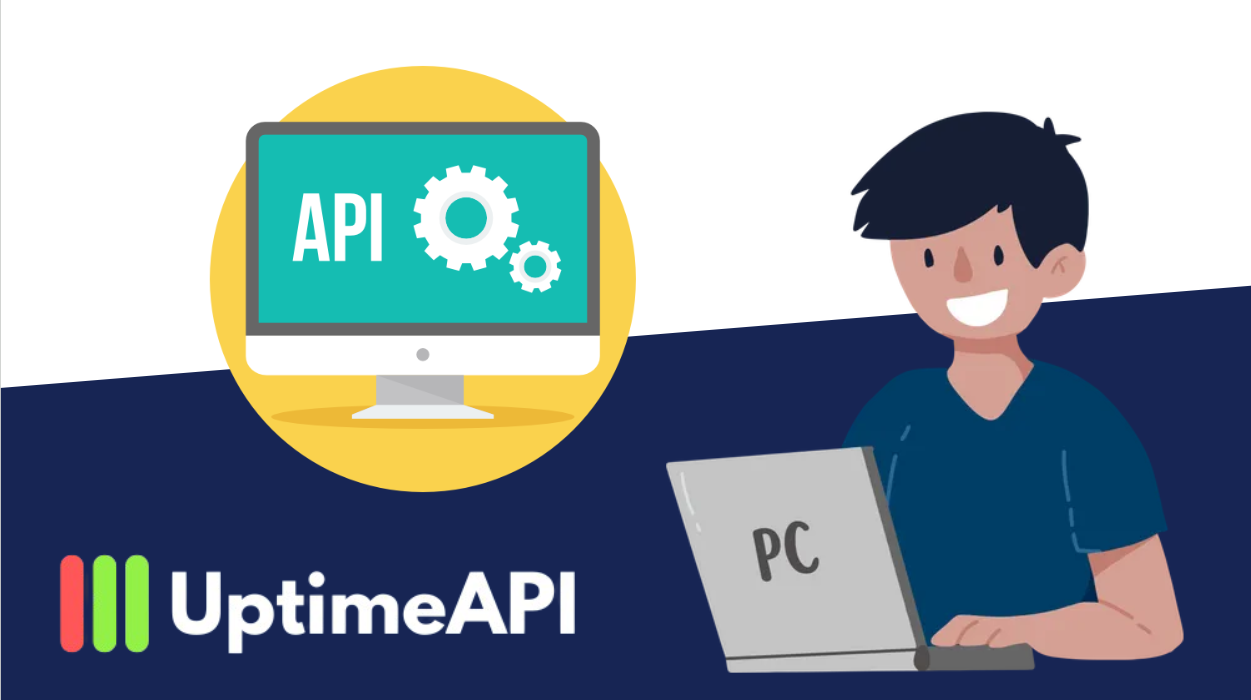REST API Uptime: Detect Issues Early

In today's API-driven digital landscape, ensuring your services remain available and responsive is critical. This is where Uptime API comes in—an advanced REST API uptime monitoring tool designed to provide developers with real-time insights into the health and performance of their APIs. Whether you’re a solo developer or part of a large enterprise, this platform empowers you to detect issues early, ensuring smooth user experiences and preventing costly downtime.
What Is Uptime API?
Uptime API is a real-time monitoring platform that keeps track of API availability, latency, and performance, continuously checking endpoints at regular intervals. When any anomaly such as downtime, slow response, or failed request is detected, the system immediately sends alerts via multiple channels like email, Slack, or webhook. This proactive approach helps developers address problems before they escalate, protecting both user satisfaction and business reputation.
Key Features of Uptime API
1. Real-Time Monitoring
Uptime API monitors your REST APIs around the clock, ensuring that any issues are identified and reported instantly. By continuously checking endpoints, the tool provides immediate notifications, enabling developers to react quickly and prevent extended downtime.
2. Customizable Alerts and Notifications
One standout feature is the ability to tailor alerts based on specific needs. Developers can choose how and when they want to be notified, ensuring that the right team members are informed promptly. Alerts can be configured to arrive through various channels, including SMS, email, and webhook, providing flexibility and reliability.
3. Error Log Retention
Uptime API retains detailed error logs, allowing developers to analyze historical data, identify recurring issues, and make data-driven decisions to optimize API performance. Depending on the chosen plan, you can access a significant volume of stored logs for in-depth analysis.
4. Scalability and Flexibility
Designed to scale effortlessly, Uptime API is ideal for businesses of all sizes, from startups to large enterprises. It supports monitoring multiple APIs simultaneously, ensuring consistent reliability across various applications.
5. Comprehensive Health Reports
Beyond monitoring, Uptime API offers detailed reports on API health and performance trends. These insights help developers identify potential bottlenecks and optimize their APIs for better efficiency and user satisfaction.
Example Request
{
"name": "Horoscope API Monitor",
"team_id": 1,
"method": "POST",
"url_or_ip": https://zylalabs.com/api/891/horoscope+api/3527/by+date,
"interval": "every_60_sec",
"timeout": 30,
"alert_when": "kwd_not_exists",
"keyword_to_check": "Horoscope",
"headers": {
"Authorization": "Bearer API_Key"
},
"parameters": {
"sunsign": "gemini",
"date": "2022-05-16"
}
}Why REST API Uptime Matters?
APIs form the backbone of modern applications, facilitating seamless data exchanges between different systems. Downtime can have a devastating impact, resulting in lost revenue, decreased user trust, and damaged brand reputation. By using Uptime API, developers gain a powerful tool to mitigate these risks through proactive monitoring and early detection of potential issues.
Check This YouTube Video!
Conclusion: A Must-Have for Developers
In a fast-paced digital world, ensuring that APIs remain available and functional is not just a technical necessity but a business imperative. Uptime API delivers real-time monitoring, instant alerts, and insightful analytics, making it the perfect solution for developers focused on maintaining optimal REST API uptime. By integrating Uptime API into your development workflow, you gain peace of mind knowing that your APIs are continuously monitored, allowing you to focus on enhancing your applications and delivering superior user experiences
